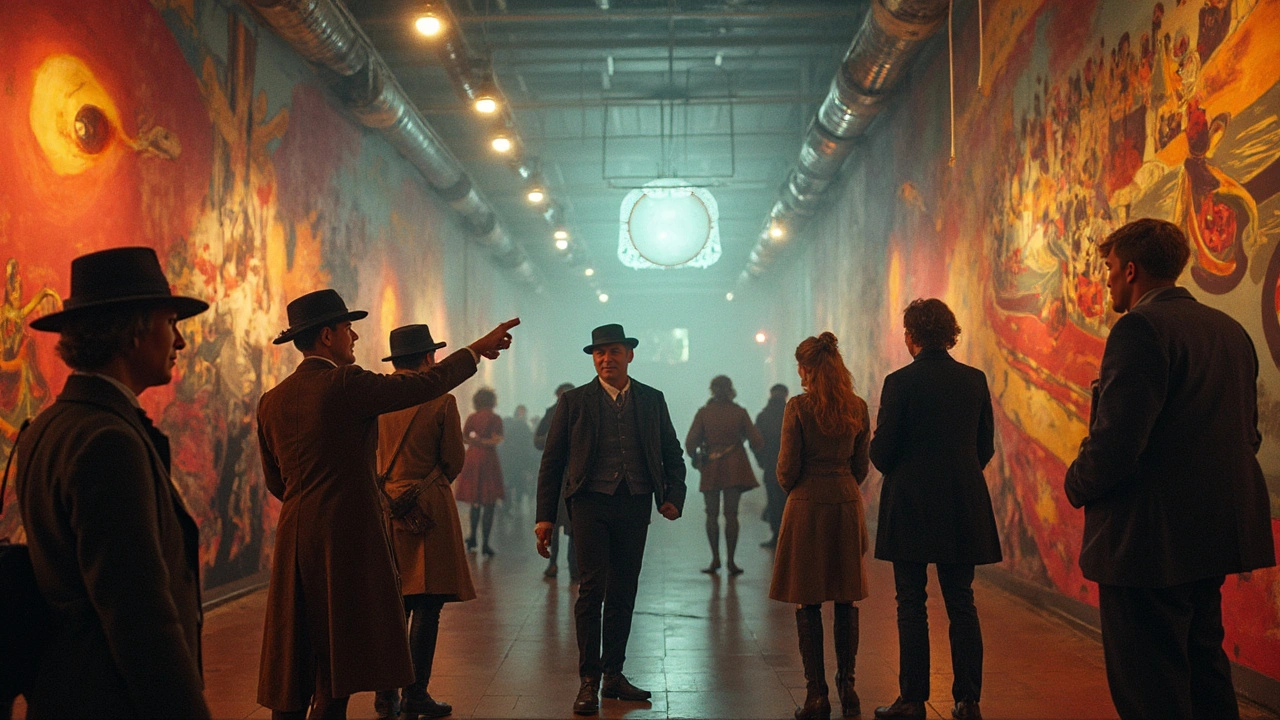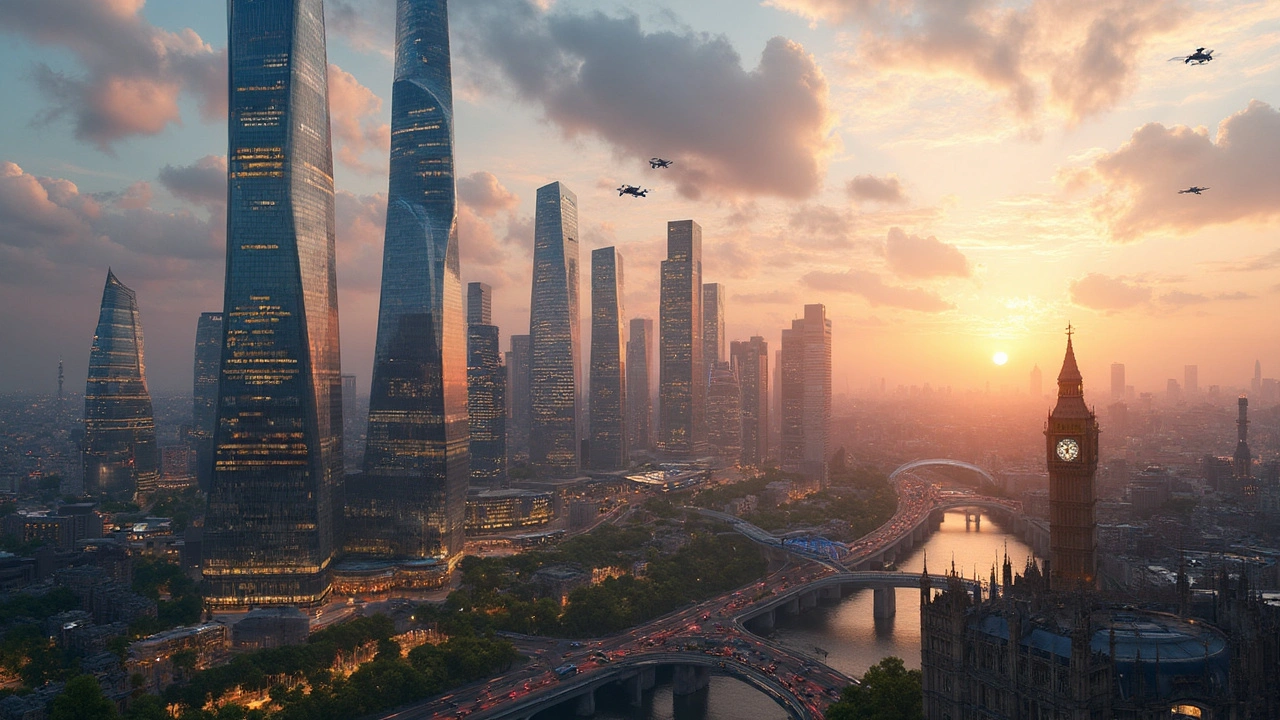Technology in Art: Tools, Trends, and Ideas
Technology changes how artists make work, show it, and earn a living. If you paint, design, or build public art, tech can speed up tasks, open new creative options, and help reach more people. This page gathers practical angles: simple tools you can try, trends that matter, and how tech reshapes public and private spaces.
Practical tools artists use
Digital drawing tablets and apps let painters sketch fast, test colors, and undo mistakes without wasting supplies. 3D modeling and printing move ideas off the screen into real objects, prototypes, sculptures, and custom frames. For realism, photographers and painters use high-resolution cameras, precise reference photos, and layered editing to push photorealism further. AI tools now help with mood boards, color palettes, and quick concept variations, but they work best as assistants, not replacements. Try a simple routine: sketch by hand, refine digitally, then print or build a physical piece.
VR and AR create immersive pieces. VR lets you step inside a painting or installation to check scale and sightlines before you build. AR overlays digital layers onto real spaces, so a mural can shift with a phone app. For shows, projection mapping turns walls and objects into moving canvases. These tools change how viewers interact with art, making experiences active instead of passive.
Where tech meets public space
Smart cities and urban planners borrow ideas from futurism and land art to make spaces more useful and beautiful. Sensors, lighting controls, and interactive displays add layers of meaning. A park can guide visitors with light paths, or a plaza can react to foot traffic with sound and color. Artists working with cities should plan for durability, maintenance, and clear data rules so installations keep working and respect privacy.
Collaboration matters. Designers, coders, engineers, and local officials each bring something needed for a tech-based public project. Start small: prototype a bench with sensors or a light feature that changes at sunset. Test it with a local group, gather feedback, and fix real-world issues before a big rollout.
For makers selling work, tech opens new markets. Online galleries, NFT platforms, and social channels let niche styles find buyers worldwide. But success still depends on clear storytelling, strong visuals, and reliable delivery. Treat tech as a marketing and production toolbox, not a shortcut to meaningful work.
If you want a practical next step, pick one tool and learn it thoroughly. Try a drawing tablet, a basic 3D app, or an AR builder. Make a small project, show it to friends, and track what people do with it. That hands-on loop teaches more than theory and helps your art stay human-sized and meaningful in a tech-filled world.
Want resources? Start with easy, free tutorials on digital painting, a basic 3D course, and local maker spaces for hands-on tools. Also follow artists who use AR and projection mapping. Keep a simple log of each experiment, what worked, what failed, and how viewers reacted. That record guides better projects fast today.


